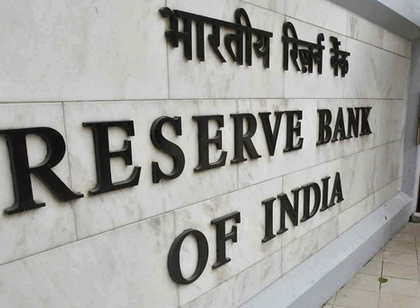RBI’s revised co-lending guidelines will boost transparency: Report
By IANS | Updated: August 13, 2025 18:25 IST2025-08-13T18:19:33+5:302025-08-13T18:25:03+5:30
New Delhi, Aug 13 Reserve Bank of India's (RBI) revised directions on co-lending will boost the transparency in ...

RBI’s revised co-lending guidelines will boost transparency: Report
New Delhi, Aug 13 Reserve Bank of India's (RBI) revised directions on co-lending will boost the transparency in the lending space by strengthening disclosure requirements and expanding regulatory oversight beyond banks and NBFCs, a report said on Wednesday.
All forms of loans will fall under the regulatory oversight compared with only priority sector loans currently, Crisil Ratings said in the report.
The directions also require each RE (regulated entity) to retain a minimum 10 per cent share of the loans in their books, compared with a minimum 20 per cent exposure requirement for NBFCs currently, which should particularly benefit mid- and smaller-sized NBFCs that face higher funding constraints.
"Co-lending is seen as a win-win for NBFCs and banks alike, as it allows sharing of risk and rewards from loans they jointly extend to borrowers. For NBFCs, it enables access to bank funding and diversification in resource mobilisation avenues. For banks, on the other hand, it provides optimal access to harder-to-reach customers and geographies," the report said.
Notably, the co-lending assets under management of NBFCs have seen healthy traction over the past few years and are estimated to have crossed Rs 1.1 lakh crore as of March 31, 2025.
"The revised directions will increase growth opportunities for NBFCs over the long term because their applicability extends to such arrangements between all regulated entities (REs) and all forms of loans, whether secured or unsecured," said Malvika Bhotika, Director, Crisil Ratings.
"Moreover, enhanced disclosure requirements on a quarterly or annual basis, such as a list of co-lending partners, weighted average rate of interest, fees charged or paid, details of default loss guarantee (DLG), should improve transparency and benefit all stakeholders.”
The provision of allowing originating REs to provide DLG up to 5 per cent of loans to all forms of lending, as against only for digital lending, will broaden the sharing of risk and rewards among co-lending partners. The directions are applicable from January 1, 2026, or from any earlier date as decided by an RE as per its internal policy.
Disclaimer: This post has been auto-published from an agency feed without any modifications to the text and has not been reviewed by an editor
Open in app